Grove Hall Park: a concealed green space with a concealed history
Once the site of a lunatic asylum and then brought to fame by Charles Dickens, Grove Hall Park is a small park with a mighty history.
Grove Hall Park, a hectare of green space that stretches between Fairfield Road and Bow Road, is one of the more concealed parks of the East End and hides a peculiar history.
The flourishing foliage of Grove Hall Park features an alley of London plane trees planted more than a century ago. There is also a ball games court surrounded on one side by colorful murals and a children’s playground.
The land was purchased by the local authority in an auction in 1906 and was subsequently opened as a public park in 1909. It was described in the auction prospectus as a ‘beautiful park-like land, studded throughout with numerous trees of luxuriant growth’.
The park was extended in 1930 to include the garden of the St Catherine’s Convent, which now contains a small war memorial surrounded by lavender and shrubs. It’s worth seeking out. When entering this courtyard through the south-west small iron gate, the quietness of the garden engulfs you, bringing a deep feeling of peace.
No wonder that these gardens featured in Charles Dickens’ ‘Nicholas Nickleby’ (1839). In the story, Nicholas and his family were settled in a cottage on the premises of the park.
Looking at the serene space it is somewhat surprising to learn that the park has a rather colourful history. It was, in fact, part of the former site of the Grove Hall Private Lunatic Asylum, an institution for the mentally ill.
Grove Hall was built in a plain Georgian style sometime between the 1720s and 1730s. It was surrounded by 12 acres of ground, and was originally used as an academy for boys.
It was then leased to Edward Byas, a local businessman, in 1836. Byas first opened a house for those in need, known as a pauper farm in his day. These were private workhouses that provided relief for mentally ill poor people incapable of work. By 1841, it housed 116 people.
By 1844, Byas had transformed it into a Licensed House, the Grove Hall Private Lunatic Asylum. When it opened, the house was famous for having the cheapest charges than any other asylum; although they soon increased.
Some unusual and, at times, disturbing, incidents happened in the Asylum, including: a patient who escaped through the garden; another who committed suicide by taking opium; and a couple of deaths at the hands of some of the keepers.
When the Lunacy Commission (a public body that oversaw the welfare of mentally ill people) reduced the number of paupers to be sent to these institutions in 1851, Byas tried to balance this by increasing the number of ‘pensioners’.
Indeed, an advertisement about the Asylum posted during that year makes no mention of mental illness. Instead, it reads:
‘[the establishment is for] providing board and lodging for persons of both sexes possessing small annuities, pensions in the army, navy and other government departments, superannuated public, and private servants and persons of limited income.’
In those years, soldiers were also sent to Grove Hall for rehabilitation, as it had both a good reputation and was considered an affordable option. The soldiers were mainly suffering from post-traumatic stress disorder or shell-shock.
In the following years, Byas increased the number of mentally ill ex-soldiers, and these represented the majority of patients by 1867. This was partially a result of the Crimean War, which had left lots of soldiers with emotional disorders.
In 1879, Grove Hall was the largest Licensed House in London, with 443 inmates, and in the 1880s it was one of the only five Metropolitan Licensed Houses.
Within the inmates taken to the asylum, the name of Jacob Isenschmid appears in the 1880s’ records. He was considered a crucial suspect for the identity of the serial killer Jack the Ripper.
The Asylum closed in 1905 and the Hall was demolished in 1907 by the local council. Most of the land was used for Bow bus garage and housing and part of the garden became Grove Hall Park.
Nowadays, green spaces such as Grove Hall Park provide a break in the busy life of East Enders and are crucial for people’s mental wellbeing, as the last twenty months have shown us. Behind the curtains of history, Grove Hall Park was always a provider for the care of mentally ill people.
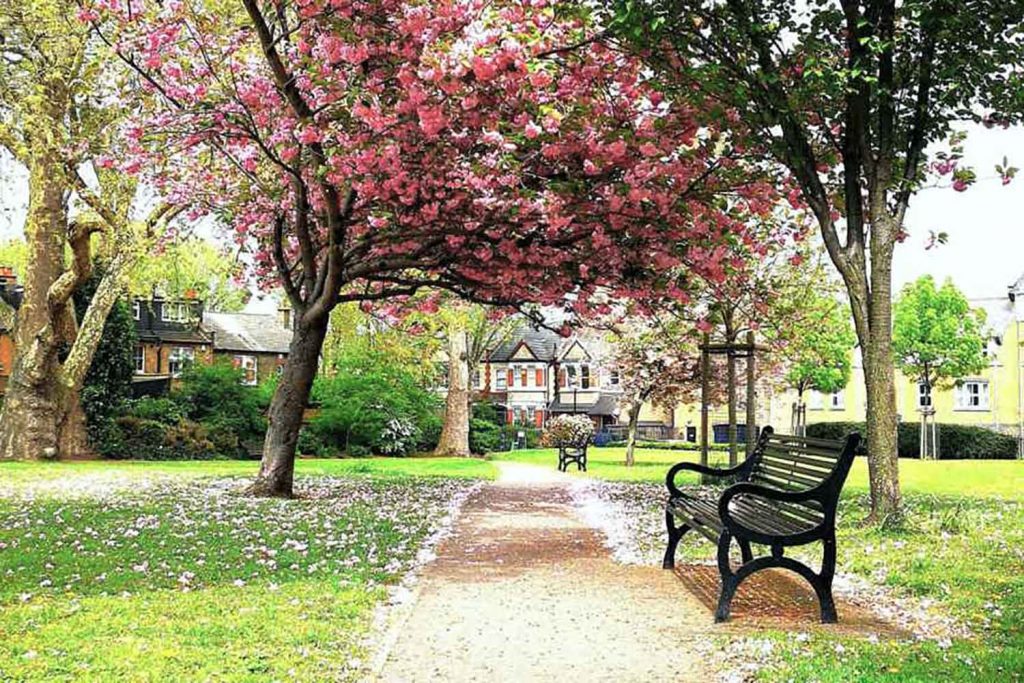
If you enjoyed this piece, take a look at our piece on The story of Pelican Cottage and William Press Yard .

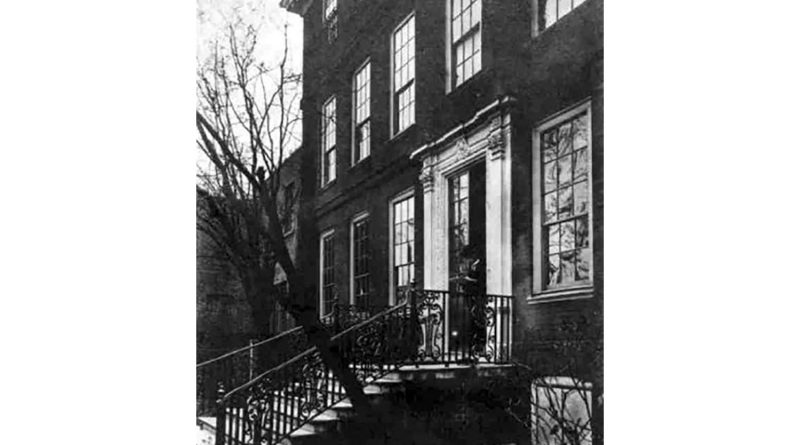
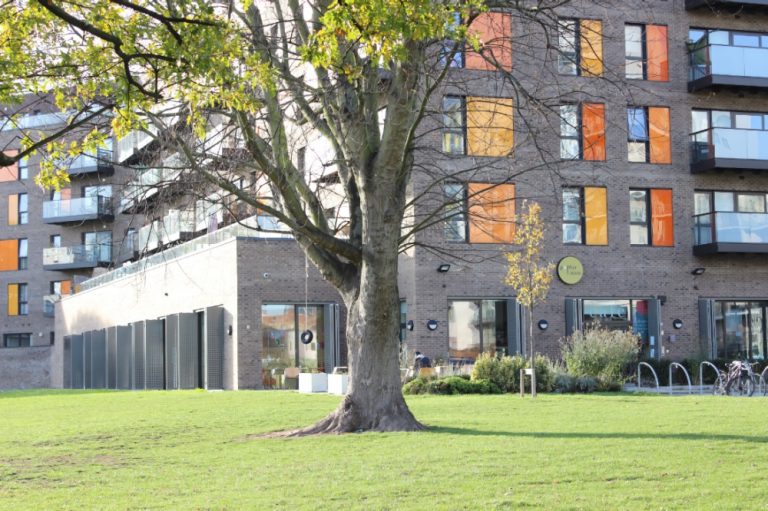

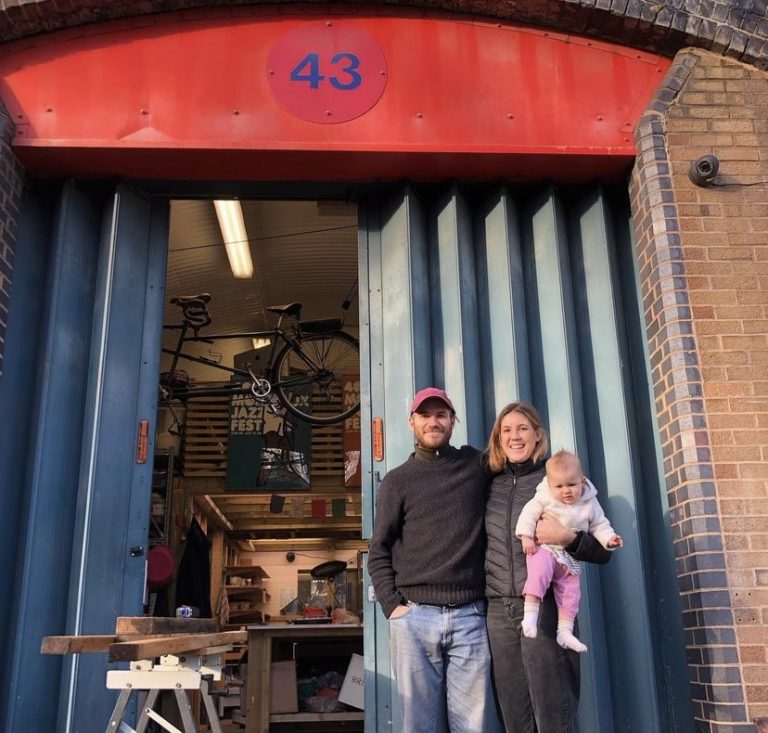
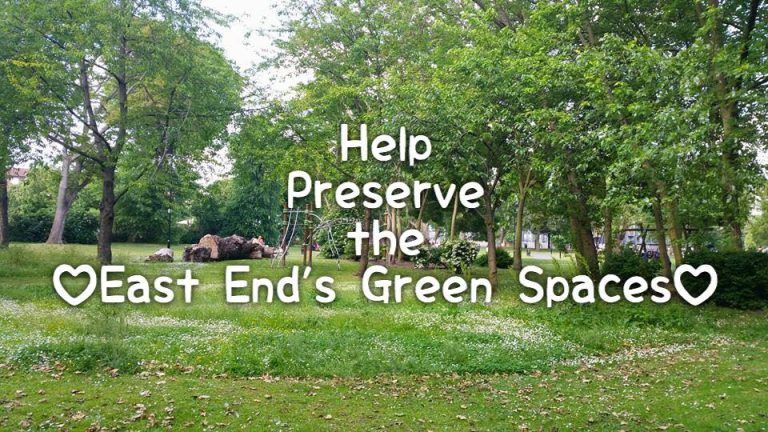
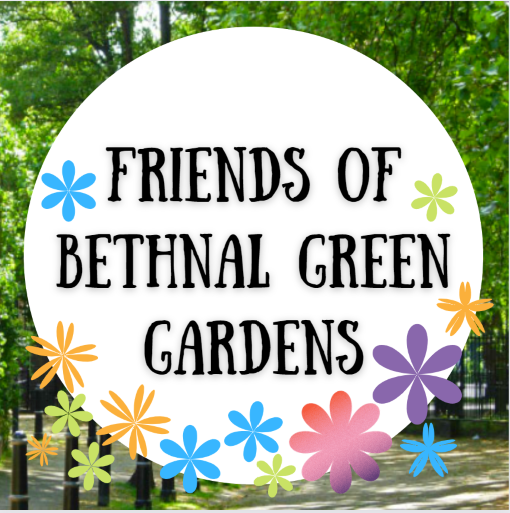
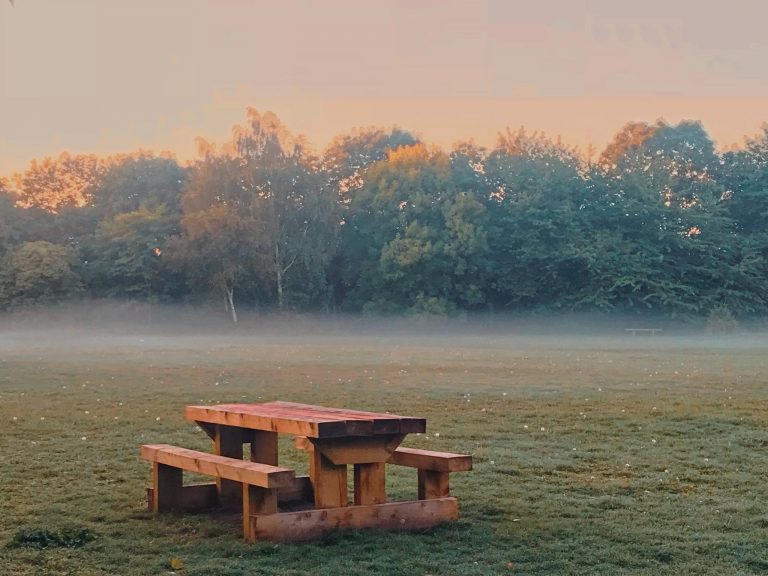

So interested in what you have found
As a child during the 1950`s especially, I lived close by to Grove Hall Park in nearby Wrexham Rd.I spent most of my time with my friends in the park,especially during the school holidays playing all sorts of sport and games.During the school holidays there used to be a mobile cinima show turn up for extra entertainment, usually at the Jebb St. end near the park keepers shed. We played football on the red gravel pitch which was situated in the center of the park. Alas, all this and the places mentioned are no longer, due to inconsiderate houses being built on the very places I mention.Both on the tarmac area of the park at Jebb St end and on the red ocre football pitch houses are now present.Inconsiderate,uncaring and outright neglect of todays children by taking all this away just for the sake of a few houses.Disgusting is maybe more approapiate.So much for the caring council,where do they get these stupid ideas from?Further more , who is the brainbox behind this stupid idea.?
I remember Grove Hall Park as a child in the fifties; it was an oasis of calm, beautifully kept, and had a playground with a very hish slide and a sandpit, where a lady park keeper in white coat and peaked cap kept iron control over behaviour. Throwing sand resulted in instant dismissal from the sandpit and the playground. Coming out of the side gate into Fairfield Road, we often bought an ice lolly of a strange green colour, very strongly flavoured, from a shop across the road.
I remember Grove Hall Park, I went to Fairfield Road School in 1937, my 2 brothers too. My Father had a Pub The Three Tuns in Bow Road, I remember during the war I used to play in the children s play ground and always fell off the slide, Mr Brown the Park keeper always took me home and of course had a beer from my grateful dad. Even although the when the war started the beautiful garden was still looked after and I used to sit in the shelter at the far end ,I ofmy brothers use to supply fish for the lovely pond there.
Just a few memories from a 91 year old lady.
Mrs. Pamela Clarke,( nee Leggett)
During the war a Barage. Ballon was in the football pitch(concrete ) and was manned by ATS personnel ( they had Pom Pom guns too.)..I was evacuated to Surrey,Somerset and North Wales when the blitz started .